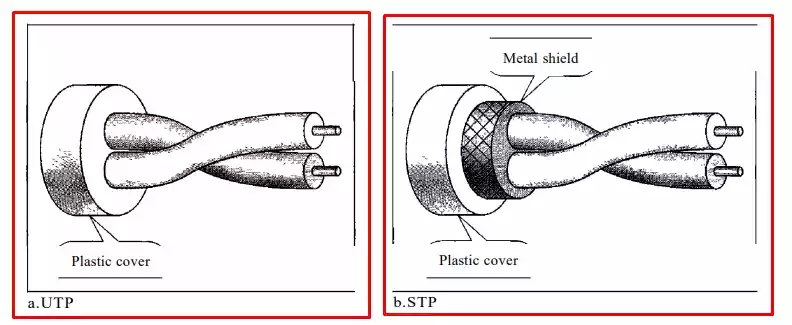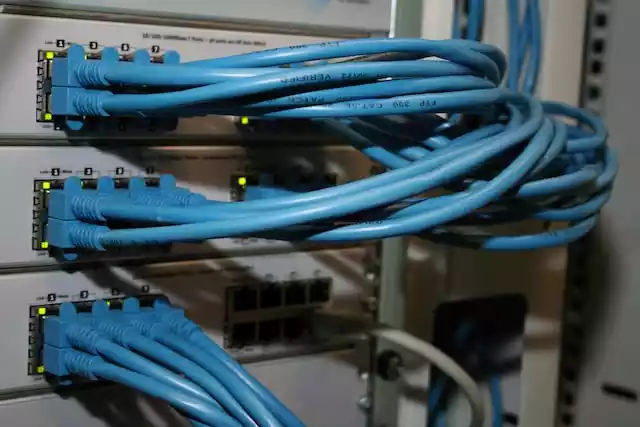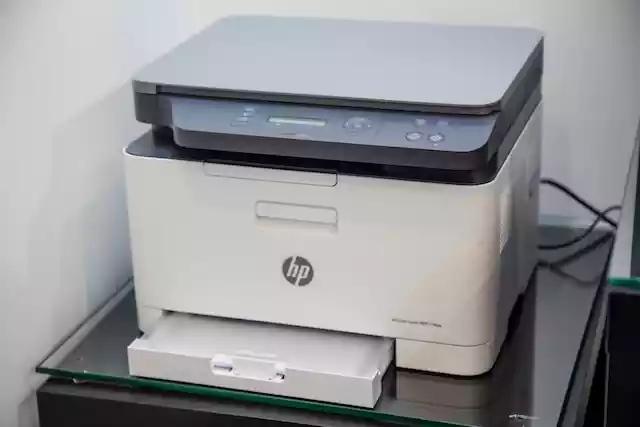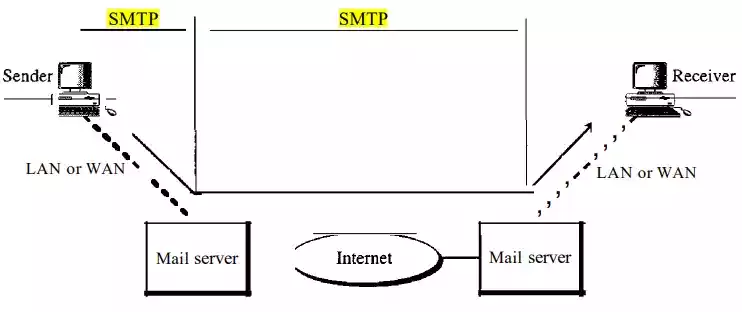Optical Detectors in Optical Fiber Communication
Optical detectors are devices that are used to convert light signals into electrical signals. In optical fiber communication systems, optical detectors are crucial components that detect and convert the optical signals carried by the fiber into electrical signals, which can then be processed by electronic devices.
Optical detectors are typically made of semiconducting materials that absorb photons (light particles) and generate electrons and holes.
Electrons are negatively charged particles found in atoms that can move freely in some materials, such as semiconductors. Holes are positively charged particles that behave as if they are missing electrons. The movement of electrons and holes is important in the operation of electronic and optoelectronics devices, such as optical detectors used in optical fiber communication systems.
When photons are absorbed, the electrons and holes move in opposite directions, creating a current that is proportional to the intensity of the light. This current can be amplified and processed to extract the information carried by the light signal.
Read on: Optical Sources in Optical Fiber Communication
Type of Optical Detector Used in Optical Fiber Communication
The most common type of optical detector used in optical fiber communication systems is the photodiode.
Photodiodes are made of a p-n junction in a semiconducting material, such as silicon or germanium, that absorbs light and produces a current.
There are several types of photodiodes, including PIN photodiodes, avalanche photodiodes (APDs), and photomultiplier tubes (PMTs), each with different properties which make them suitable for different applications.
PIN photodiodes are used for short-distance transmissions because they have a faster response time and lower noise level.
APDs are used for long-distance transmissions because they can amplify weak optical signals.
PMTs are used for low light level applications, such as in astronomy or in medical imaging.
Other types of optical detectors used in optical fiber communication systems include photoconductors, phototransistors, and charge-coupled device (CCD) detectors.
Photoconductors operate on the principle of changing the conductivity of the material when exposed to light, while phototransistors are similar to photodiodes but with amplification capabilities.
CCD detectors are arrays of photodiodes that can detect and process multiple signals simultaneously.
Advantages of optical detectors in optical fiber communication systems
- Optical detectors are highly sensitive to light and can detect very low levels of light.
- Optical detectors have a wide bandwidth, which makes them suitable for high-speed communication systems.
- They have a low noise level, which means that the signal-to-noise ratio is high, and the information transmitted is more accurate.
- Optical detectors are highly reliable and can operate for long periods of time without any maintenance.
- They consume very little power, making them suitable for use in low-power devices.
Disadvantages of optical detectors in optical fiber communication systems
- Optical detectors can be expensive compared to electronic detectors.
- They have a limited dynamic range, which means they cannot detect signals that are too strong or too weak.
- Optical detectors are sensitive to changes in temperature, which can affect their performance.
- Fabricating optical detectors can be complex, requiring specialized equipment and expertise.
- Optical detectors require careful alignment to ensure that the light is directed correctly and efficiently.
Despite these drawbacks, the advantages of optical detectors make them a popular choice for use in optical fiber communication systems, particularly for high-speed and low-power applications.
The choice of optical detector depends on the specific requirements of the optical fiber communication system, such as the distance of the transmission, the bandwidth required, and the sensitivity of the detector.





